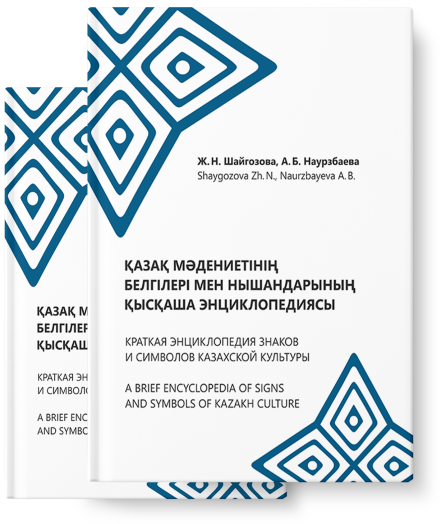
A short encyclopedia of
Signs and symbols of
Kazakh culture

Aqyq, a carnelian stone, symbolised prosperity and joy and possessed medicinal properties – it could protect against diseases caused by evil forces. Kazakhs still believe that this “sunstone” protects women from the evil eye, corruption and infertility, and restores strength to the elderly and weak. For this reason it was often used for decorations and objects. Sh. Tokhtabaeva figuratively describes the love of Kazakhs for this stone as a traditional preference. The colour of the stone is a soft, dull and sunny brown, which best suits the traditional coloristic tastes of the Kazakhs, who prefer soft, deep colours.
Experts believe that in world culture this stone was associated with the cult of the goddess Mother, which contributed to its widespread use in the manufacture of ritual objects and a variety of female jewellery. In ancient Egypt, carnelian was called “the sunset carved in stone” and was believed to protect the soul of the deceased on their journey to the world of the dead. Ancient Greek healers believed that the stone could restore blood and appease anger and rage.
According to archaeological material, carnelian was known among many peoples of the Middle East, Central Asia and other countries. Among the peoples of Central Asia, carnelian was considered the stone of health, which is why carnelian beads are widely used in the manufacture of a variety of amulets.
In the Muslim world, rosaries made of red carnelian are very popular, and they call the stone “the stone of Mecca that grants wishes” Some legends attribute the following words to the Prophet Mohammed: “Wear a ring of carnelian, for it drives away poverty”.

